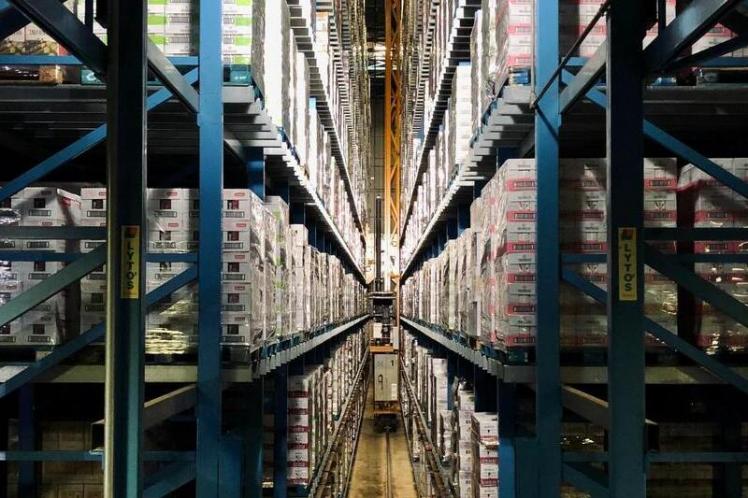How Agile Supply Chain Professionals Can Gain Advantages in Negotiations

The general convergence of procurement and supply chain functions in recent years demands new skills and approaches.
If we are to realize the true potential possible from a supply base, what happens beyond our immediate suppliers really matters.
Of course, supply chain professionals are already well versed in considering the steps that exist prior to, and onward from, their organization.
It is how these are understood and managed that helps ensure the optimum flow of value from original source right to the end customer.
Having exactly what the customer needs, at the right time, place and price, secures significant competitive advantage for today’s modern retailers. Such companies make managing an entire supply chain nothing short of an art form, with advanced systems to manage the flow of goods and services towards the end customer. They also control how information flows back, often anticipating what the customer will want before they know it.
An agile supply chain delivers obvious benefits, but there are other key drivers to effective supply chain management:
- Global supply chains and distribution networks are now driven by a global marketplace.
- Global distribution means fewer, ‘super-sized’ production facilities delivering economies of scale over regional factories.
- Corporate Social Responsibility (CSR) means we are now genuinely interested in what happens throughout a supply chain, fuelling demand for traceability and transparency.
- Consumer demands for personalization are now being met through clever production technology and logistics.
- Regional variations and localization can similarly be catered for so one facility can produce a range of products for different markets on the same production line in real-time.
In short, developments in the supply chain present implications for how we negotiate and demand new approaches to negotiation that go beyond our immediate supplier.
The challenge
The challenge with supply chain negotiations lies in the likely lack of contractual relationships beyond our immediate supplier. Requirements can be imposed but, depending upon the complexity of the supply chain and how much power is held, attempts to push obligations back up the chain typically fail.
For example, if our Corporate Social Responsibility (CSR) policy demands compliance with anti-slavery legislation, we could impose this contractually on our supplier. They may be happy to agree to this, especially if they have control over, or understand, their chains. Yet for most, where the chain is complex, perhaps spanning multiple geographies and cultures, having sufficient confidence to agree such a requirement would be a challenge.
The brutal reality here is that unless our immediate supplier is the original source, we are negotiating with the wrong entity if we want to influence what happens. Here, we stumble upon one of the biggest challenges facing businesses attempting to deliver CSR – that of making it happen throughout the chain. In order to do this, we need to adopt a slightly different approach to negotiation.
Achieving CSR is not the only consideration here, as how knowledge flows is also important. Without intervention, such information about demand travels from the end customer back up the chain. Typically, it only goes so far, meaning parties further back can become overly reactive or take steps to anticipate changes, such as holding more inventory, which can impact speed, responsiveness and cost.
The solution
Whether we are working to implement a CSR policy, or we need a more agile supply chain with better information flow, the solution is the same – we have to engage with, and negotiate arrangements with, parties throughout the supply chain.
Negotiation in the chain therefore requires that we treat it as a multi-party negotiation, by conducting individual negotiations with parties throughout the chain with the aim of putting an arrangement in place. Success is about focusing on the interests of all parties and creating an imperative to act so as to agree new arrangements that will benefit all players.
Agreement becomes possible because, as well as maintaining their contractual relationship with immediate suppliers and customers, parties typically enter into an additional, perhaps voluntary, ‘side arrangement’ agreed with all for how certain things will work.
Put simply, if we can figure out how to negotiate arrangements with multiple parties within a supply chain, and even outside the chain of contractual relationships, we can unlock great potential.
This article includes excerpts from Negotiation for Procurement and Supply Chain Professionals written by Jonathan O’Brien and reproduced by permission of Kogan Page Ltd.




